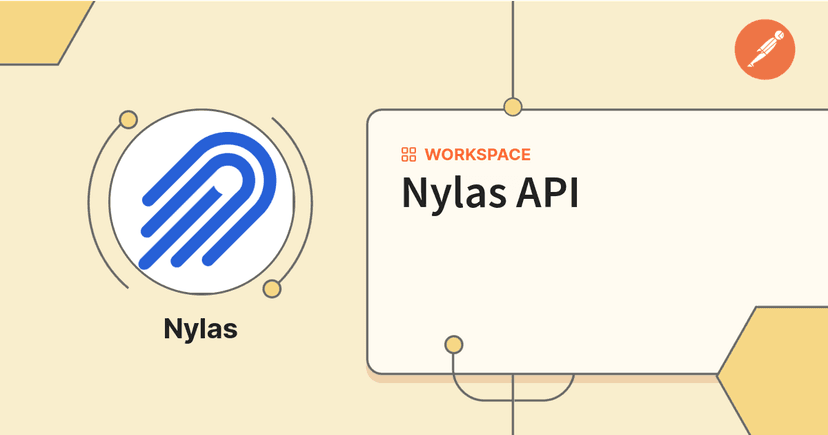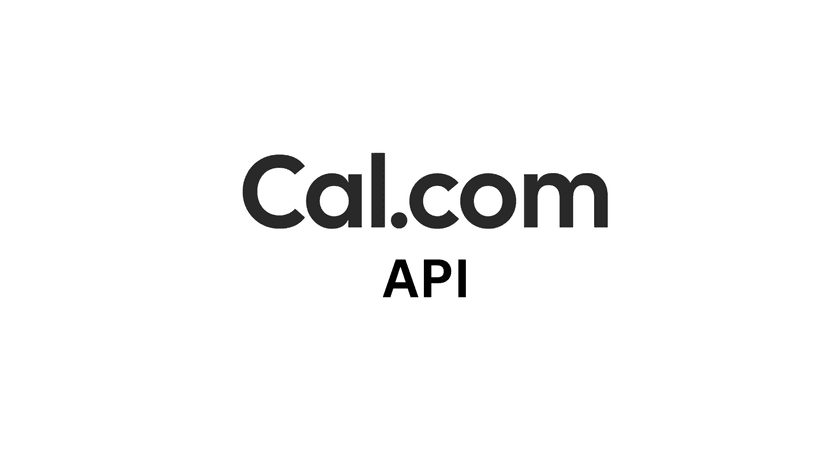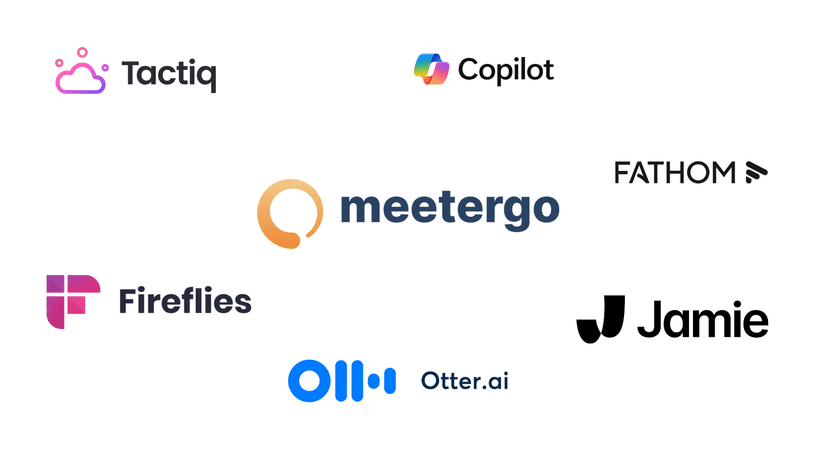Did you know that only 10-15% of leads turn into opportunities for B2B companies? This shows how tough it is to turn leads into sales. In today's market, knowing how to improve this key metric is crucial for growth.
The lead to opportunity conversion rate shows how well a sales team works with potential customers. It's not just about getting leads; it's about making them into real customers. This metric helps see if marketing and sales work well together. It shows how well a company uses its lead generation efforts.
For companies wanting to improve sales, tracking this conversion rate is key. It points out where the sales process is slow, shows how to make leads better, and helps make strategic choices. By focusing on this, companies can get better at managing leads and selling. This leads to more revenue and success.
Key Takeaways
- A 10-15% lead-to-opportunity conversion rate is considered good for B2B companies
- This metric measures the effectiveness of turning leads into sales opportunities
- It reflects the alignment between marketing and sales efforts
- Tracking this rate helps identify areas for improvement in the sales process
- Optimizing lead-to-opportunity conversion can significantly impact revenue growth
Understanding Lead to Opportunity Conversion Rate
Lead to opportunity conversion rate is key in the sales process. It shows how many leads turn into potential customers. This rate helps us see how well we qualify and nurture leads.
Definition and Importance
This rate is found by dividing leads that become opportunities by the total leads. For example, if a team talked to 200 leads in April and 67 moved on in the sales pipeline, the rate would be 33.5%.
Impact on Sales and Marketing Alignment
This metric helps sales and marketing work together better. It pushes teams to improve lead quality and conversion rates. Marketing can aim for better leads, and sales can get better at turning leads into opportunities.
Role in Overall Business Performance
The lead to opportunity conversion rate greatly affects business success. A high rate means a smooth sales process and possible revenue growth. Companies with strong lead nurturing can get 50% more qualified leads at a lower cost, showing the value of good lead management.
- Only 1 in 25 website visitors are ready to make a purchase
- 90% of U.S. buyers find personalized selling appealing
- Positive customer reviews can boost lead conversion
- Referrals often result in easier conversions
By tracking and improving this metric, businesses can better qualify leads, refine sales strategies, and increase revenue.

Calculating Lead to Opportunity Conversion Rate
Knowing how to figure out the lead to opportunity conversion rate is key for businesses looking to boost their sales. This metric sheds light on how well your lead generation and nurturing work.
The Formula Explained
To find the lead to opportunity conversion rate, divide the number of leads that turn into opportunities by the total leads. Then, multiply this by 100 for a percentage. For instance, with 100 leads and 13 becoming opportunities, your rate is 13%.
Required Data Points
To accurately track lead to opportunity conversion, you need certain data:
- Total number of leads generated
- Number of leads that become sales opportunities
- Time frame for measurement (e.g., monthly, quarterly)
Tools for Tracking and Measurement
There are tools to help you track lead to opportunity conversion:
- Customer Relationship Management (CRM) systems
- Marketing automation platforms
- Analytics software
These tools let you keep an eye on your conversion rates and spot areas to get better in your sales process.
By regularly measuring and analyzing your lead to opportunity conversion rate, you can fine-tune your sales funnel. This leads to better business performance. Remember, the average conversion rate is about 13%. But, with the right strategies, some companies hit rates up to 74%.
Factors Influencing Lead to Opportunity Conversion Rate
Lead quality is key to successful conversion strategies. High-quality leads are more likely to turn into customers, boosting sales. Companies that work on improving lead quality often see better conversion rates.
The sales process is also crucial. A smooth process helps leads move through each stage easily. Sales teams that are good at guiding leads through the pipeline convert more prospects.
Lead scoring is another important factor. A strong lead scoring system helps spot the best leads. This lets sales teams focus on the most promising leads, improving sales.
Marketing and sales working together is essential. When they work as a team, they make sure leads have a smooth journey. This teamwork ensures marketing brings in high-quality leads that sales can work with.
- Lead volume impacts conversion rates
- Customer experience influences buying decisions
- Website optimization can improve lead quality
- Access to valuable content aids in nurturing leads
By understanding and improving these factors, businesses can boost their lead to opportunity conversion rates. This leads to better sales outcomes.

Key Metrics to Track Alongside Lead to Opportunity Conversion Rate
It's key to track the right metrics to boost your sales and marketing. Lead to opportunity conversion rate is vital, but other metrics offer deep insights too.
Customer Lifetime Value (CLV)
CLV shows the total value a customer brings over time. This helps you see the long-term effect of getting new customers. It also guides your plans to keep customers.
Cost Per Acquisition (CPA)
CPA is the cost to get a new customer. Tracking this helps you see if your marketing is working well. It also keeps your costs in check.
Average Order Value (AOV)
AOV is how much customers spend on each purchase. Boosting this can increase your revenue without getting more customers.
Customer Retention Rate
This shows how well you keep customers over time. A high rate means more lifetime value and lower costs to get new customers.
Watching these metrics with your lead to opportunity conversion rate gives you a full view of your sales funnel. This helps you spot areas to improve. You can then make smart choices to boost your conversion ROI.
- Lead conversion makes about one-third of revenue
- Win rates for opportunities from converted leads are usually lower than direct ones
- Average opportunity size can vary between deals from converted leads and direct ones
These metrics are connected. For instance, better customer retention can boost customer lifetime value. By focusing on these key indicators, you'll be ready to drive lasting growth for your business.
Strategies for Improving Lead to Opportunity Conversion Rate
Boosting your lead to opportunity conversion rate can help your business grow. Using effective lead generation strategies can make a big difference. Let's look at some key tactics to improve your conversion process.
Enhancing Lead Quality
Start by making your marketing more targeted. Google is a big source of leads, so being visible on search engines is key. LinkedIn is also important for B2B leads, bringing in 80% of them. Create content that speaks to your ideal customers.
Optimizing the Sales Process
A structured lead conversion process can greatly improve your business. It's important to keep leads interested quickly. Use a sales cadence model to keep them engaged. CRM systems help manage and track leads efficiently.
Implementing Lead Scoring
Lead scoring is key to knowing how good a lead is. It gives points for high-intent actions, showing where a lead is in the funnel. Using a CRM for lead scoring boosts response rates. This way, businesses can focus on the best prospects.
Aligning Marketing and Sales Efforts
Having a Service Level Agreement (SLA) between sales and marketing helps them work better together. Give sales reps great content like white papers and case studies. Regularly check how sales processes are doing to adapt to market changes. By using these strategies, businesses can get better at turning leads into opportunities.
How to track Lead to Conversion Rate
Tracking your lead-to-conversion rate is essential for understanding how effectively your sales and marketing strategies are turning leads into opportunities and, ultimately, customers. The conversion rate is the percentage of leads that convert to opportunities, calculated by dividing the total number of opportunities by the total number of leads. To improve your lead conversion rate, use the following formula: Lead Conversion Rate = (Number of Leads Converted to Opportunities / Total Number of Leads) x 100.
Monitoring the lead-to-opportunity conversion rate helps you assess the effectiveness of your lead generation campaigns and refine your approach to move more leads to the opportunity stage. This metric not only measures how many leads become qualified prospects but also helps in calculating the lead-to-sale conversion rate, which tracks how many of those opportunities convert into actual sales.
By tracking conversion rates across different industries and adjusting your strategies accordingly, you can significantly boost your lead quantity and improve your overall lead-to-sale performance. Understanding and optimizing these rates are crucial for maximizing the return on investment from your lead generation efforts.
FAQ
What is lead conversion and why is it important?
Lead conversion is the process of turning potential leads into actual opportunities or paying customers. It's important because a higher lead conversion rate indicates effective sales and marketing efforts, which can significantly boost revenue.
What are the key lead conversion metrics to track?
Key lead conversion metrics include lead conversion rate, time to conversion, cost per conversion, and the number of leads converted into opportunities. Tracking these metrics helps assess the effectiveness of your sales pipeline and strategy.
How do I calculate the lead conversion rate?
The lead conversion rate can be calculated using the formula: (Number of leads converted into opportunities / Total number of leads) x 100. This percentage helps you understand how many leads convert into opportunities.
What factors influence the lead-to-opportunity conversion rate?
Factors influencing the lead-to-opportunity conversion rate include the quality of leads captured, the effectiveness of lead qualification processes, the speed to lead response, and overall sales performance.
How can I improve my lead conversion metrics?
To improve lead conversion metrics, focus on enhancing lead qualification processes, optimizing your lead capture forms, providing timely follow-ups, and analyzing your sales pipeline for bottlenecks.
What is the average lead-to-opportunity conversion rate?
The average lead-to-opportunity conversion rate varies across industries, but it typically ranges from 5% to 15%. Understanding your benchmark can help you measure your sales performance against industry standards.
How can I track the opportunity conversion rate in Google Sheets?
You can track the opportunity conversion rate in Google Sheets by inputting your leads and opportunities data, then applying the conversion rate formula to calculate the percentage of leads that convert into opportunities.
What is the lead-to-customer conversion rate?
The lead-to-customer conversion rate measures the percentage of leads that eventually become paying customers. This metric is crucial for evaluating the effectiveness of your sales funnel.
What is the significance of lead value in conversion metrics?
Lead value refers to the potential revenue a lead can generate. Understanding lead value helps prioritize which leads are likely to convert and can improve overall lead conversion strategies.
How do additional leads affect the lead conversion rate?
Additional leads can influence your lead conversion rate by providing more opportunities to convert. However, if the quality of these additional leads is low, it may negatively impact your overall conversion metrics.



